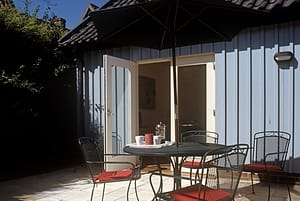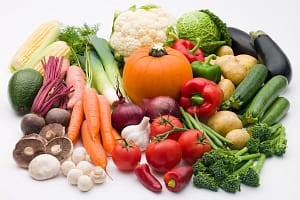Whether we think of it or not, we probably use or consume herbs every day. The oregano on your pizza, the chamomile in your night cream, or the lavender in your baby’s bath all come from herbs.
So, what is an herb? A herb is a plant that humans use for different purposes, including medical applications, flavoring, and for industry. Our modern herbs have been in use for thousands of years such as rosemary, garlic, and mint. Humans and herbs have had a very long history.
In this guide, we’ll walk you through the requirements of a healthy herb garden, frequently used herbs, their growth preparations, and planting techniques. If you love floral gardens or want to buy flowers online in the UK, consider buying from a reliable store like event flower services. They offer a vast variety of fresh flowers at affordable prices.
Why to start a herb garden?
If you want fresh flavors or add some greenery to your space, then you should start herb gardening.
The reasons why you should consider having your herb garden include
the taste of freshly picked herbs. Growing herbs at your place would be cost-effective as you will not have to buy them from an expensive store. Gardening is the best way to connect with nature.
Plus, It would be convenient for you to pick herbs instead of buying them when you are in a hurry to cook.
Tips you must consider
Herbs require sunlight and good drainage. Most herbs ideally need six hours of sunlight each day, including basil, thyme, and sage herbs.
Good drainage is necessary for healthy herbs. Avoid soil with too much clay; it should be a bit sandy. Otherwise, it will absorb too much water and can cause root rot.
Additionally, not all herbs need to be fully exposed to the sun; some need a shady area. Herbs like parsley and cilantro can get spoiled with too much heat.
When starting your herb garden, the first thing you need to do is choose the herbs you want to grow. Some popular choices of herbs include basil, parsley, mint, thyme, and rosemary.
Basil is ideal for salads and Italian dishes. Mint is perfect for teas, desserts, and dishes. It spreads quickly, so consider growing it in a pot to control its growth. Parsley is commonly used as garnish but also adds flavor to soups and salads. It can be grown in partially shady and cooler climates.
Thyme is great for soups and meats. It grows well in dry, well-drained soil. While Rosemary is used in a variety of dishes. It prefers dry soil and lots of sunlight.
Preparation
Once you have decided which herbs to grow, now it’s time to prepare the garden. Choose the location depending on the sunlight exposure, soil, and space available. You don’t need a large space to grow your herb garden. Even a small balcony would be enough.
Beautiful garden company can help you design and accommodate your herb garden in your home. They offer perfect gardening solutions through experienced professionals.
Good soil is the foundation of a healthy garden. Prepare it by checking the pH level. Most herbs prefer slightly acidic to neutral soil. If your soil is too sandy or heavy clay, add organic matter to it. Fertilizers are a must.
Planting technique
Instructions are given on the seed packet. Follow the spacing guidelines. Herbs need space to spread. Plant seeds at a depth of twice their diameter. Water after planting to settle the soil around the roots.
Conclusion
After planting, don’t forget to look after your herbs daily. Planting needs consistent care. Don’t forget to remove dead and yellowing leaves and regular trimming. Following the trips, Start planning your herb garden today. Enjoy the flavors of your herbs!
Not only will you have fresh, flavorful herbs at your fingertips, but you’ll also enjoy the numerous benefits of gardening, such as relaxation, cost savings, and a connection to nature.






Leave a Comment